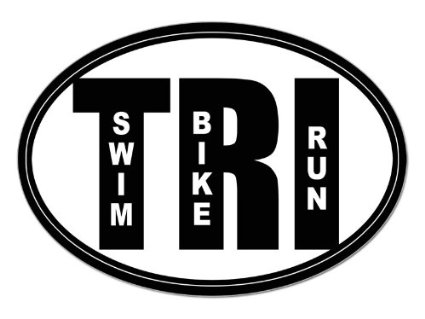Triathlon is a combination of swim, bike and run legs. Maybe the biggest mistake triathletes and their coaches make is treating triathlon as three separate sports. Yes, it is important to become fast in all 3 disciplines, but within what context? Burning a sub-60sec 400m on the track may hold little value if you fall apart at the end of an Olympic Distance triathlon. Think about how each of the three disciplines affect one another over the course of a triathlon.
Triathletes swim when they are most fresh, at the beginning of the race. The energy they expend on the swim leg impacts how much energy they have left for the bike and run legs. Swim too hard and you’ll run out of steam on the run, if not sooner. Swim too easy and you’re off the back with no hope of a PR. I’ve contended in the past that if you want to cut 30+ minutes off your Ironman, then you need to be able to swim 5 minutes faster. By training enough in the pool, you will become faster and more efficient, and you will expend less energy while swimming faster by the time you hit T1. This extra energy gets put toward the bike and run legs. And, since you exited the water faster, you are now surrounded by a larger number of faster athletes as well who will help spur you on and motivate you to faster bike and run splits.
The problem is that triathletes, on average, swim 2-3 days a week for 2,000-3,000 meters. The reasoning typically comes down to one of three things: 1) athletes are lazy in terms of carving out time for the pool; 2) since the time spent swimming in a race is small compared to overall time spent racing, athletes feel they can skimp on pool time; or 3) they loathe getting in the water and, thus, avoid it. The huge problem is that 2-3 sessions in the water is not nearly enough to set yourself up for success in a triathlon. If you are racing well, you could be racing a heck of a lot better. The swim comes first and it sets the tone for the rest of the race. Since you are swimming fresh, it is important to swim a lot and pepper your swim workouts with plenty of race-specific work. The cardiovascular engine you can build in the pool is astounding and will translate positively to the other two legs.
The bike is the meat of the race. It comes after roughly 20 minutes to 2 hours of swimming, depending on an athlete’s swim speed and the race distance. Bike training needs to be done in order to allow for you to be able to “go for the long haul”. It’s more important to be able to bike aerobically strong than it is to be able to light the world on fire for VO2max intervals. Peppering in intervals is critical to allowing you to cover the bike course more quickly, but endurance athletes tend to overstress the intervals and not put enough emphasis on aerobic efficiency. Like with the swim, if you burn too many matches on the bike, you will flounder come the run leg. Being able to stay in the aero tuck for extended periods of time and become comfortable with the discomfort of doing so are critical.
The run is the last leg and you’re already fatigued when you slip on your running shoes. While being able to run a fast fresh 10k is important, it is more important to be able to run well off the bike well into the race. Aerobic efficiency is arguably most critical with this leg. The long run, therefore, becomes more critical than your track sessions or fartlek workouts. It’s a beautiful thing when the efficiency with your running gait allows you to complete a long run feeling tired from the duration but not beat to Hell. Interval sessions will help smooth out your running gait, but if you are overly fatigued by the time you hit the run leg in a race, then you will still find yourself plodding along to the finish line. It’s of critical importance to focus on your aerobic running engine.
What triathletes typically don’t conceptualize is the fatigue carryover as they progress from one leg to the next in a race. By treating triathlon as a single sport rather than three separate ones, it should cause you to rethink the way you structure your training which will in turn better set you up for more successful racing. In the end, that’s what it’s all about.
Happy Training,
Coach Nate


 RSS Feed
RSS Feed